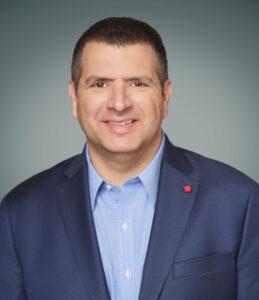- This Healthcare Payment Breakthrough is Actually Analog
- Automation and Reimagining Revenue Integrity
- AI Advances Bring RCM To an Inflection Point
- How to Reduce Cyber Risk in Healthcare Organizations
- Recommendations for Capturing Social Determinants
- Hyro: Patients Want Automated Prescription Refills and Appointment Setting
- Why Is Cell Line Development Crucial For Biologics?
- How To Fight Obesity?
- Adopting AI In Behavioral Health Practices: Three Factors for Success
- Alleviating the Prior Authorization Headache
- Assistive Devices and Technologies for Traumatic Brain Injury Victims
- Can Patient Care Be Powered By AI? Healthcare That Focuses On Quality Care
-
Reform In AI Oversight – How the Healthcare Sector Will Be Impacted
By Israel Krush, CEO and co-founder, Hyro. Generative AI, until recently an uncharted frontier, is now encountering regulatory roadblocks. Fueled by minimal oversight, its meteoric rise is slowing as frameworks take shape. Businesses and users […]
-
Great Expectations: What Health Systems Want from AI Vendors
By Andrew Lockhart, CEO, Fathom. Imagine this: physicians spend more time with their patients than with their paperwork. Billing is quick and accurate, with minimal denials. Healthcare workers enjoy a positive work/life balance. Thanks to […]
-

Battling Physician Burnout with Collaborative Care
By Sussan Nwogwugwu, DNP, PMHNP, Clinical Leader, Done. Physician burnout, characterized by exhaustion, compassion fatigue and feelings of inadequacy, not only affects physicians; it also affects their care quality, which ultimately compromises patient well-being. Collaborative […]
-
A HIPAA-Compliant Path to Efficiency and Relief with Telehealth
By Nate MacLeitch, founder and CEO, QuickBlox. We’ve come a long way since the University of Nebraska pioneered two-way video communication for telemedicine in 1959. Today, telehealth enables healthcare providers to expand access to medical […]



